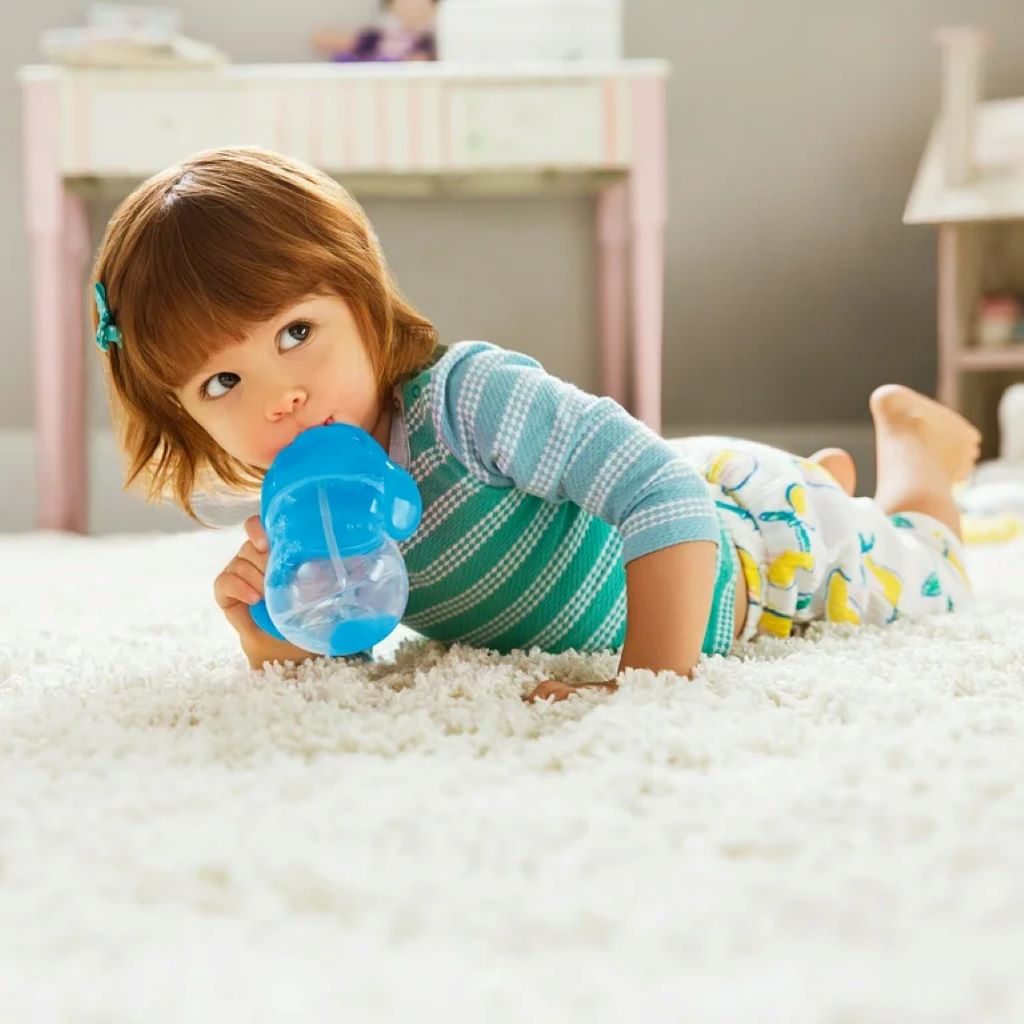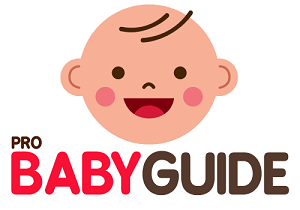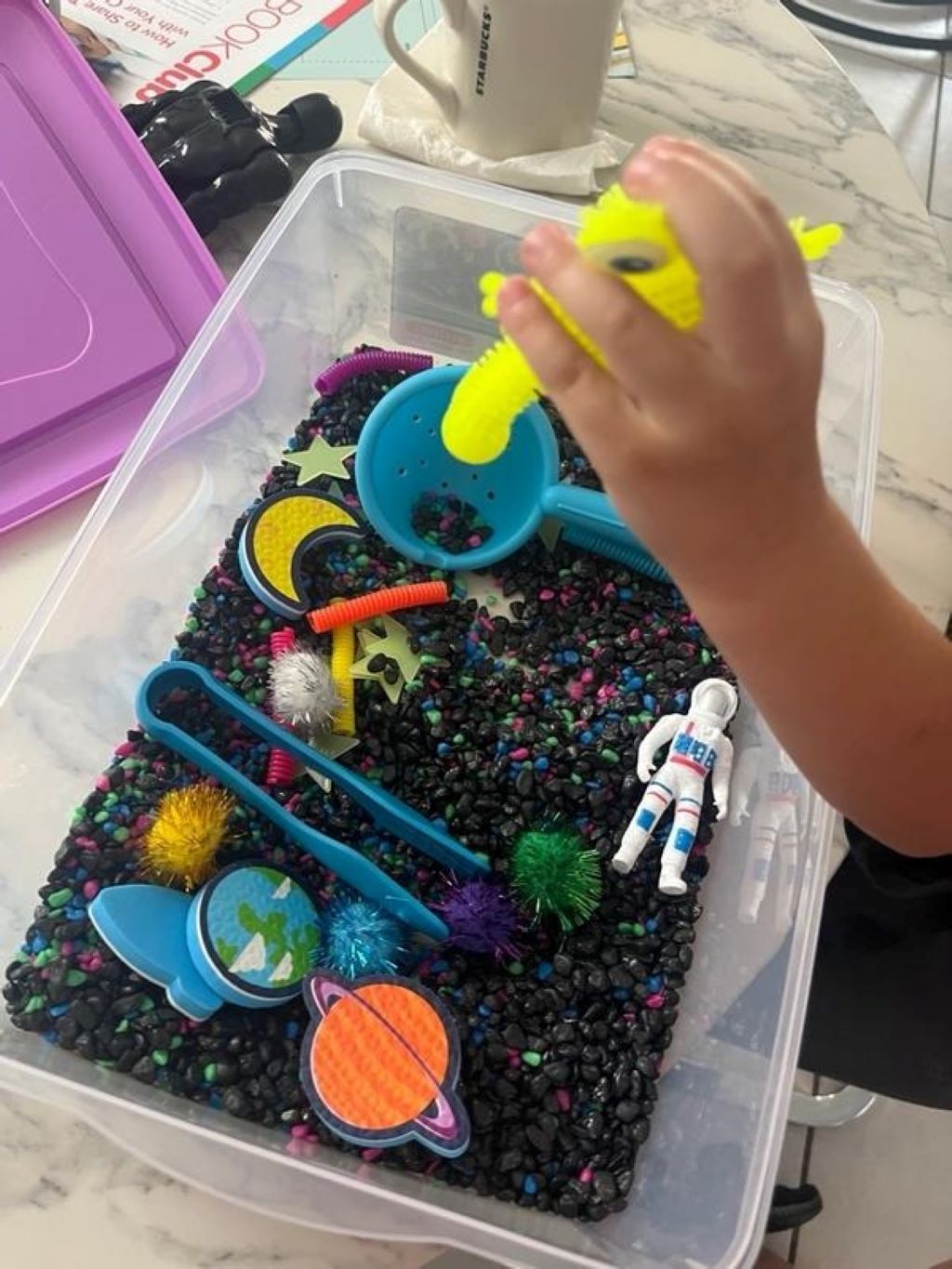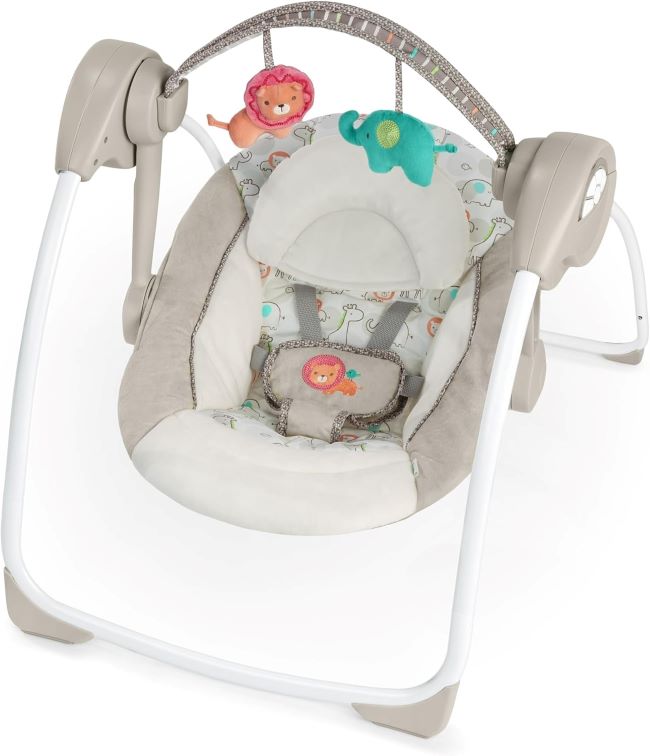Transitioning your baby from a bottle to a cup is a big milestone. It’s exciting but can feel overwhelming with so many options out there. Sippy cups bridge the gap, helping little ones learn to drink independently while keeping messes to a minimum. But with concerns about safety, materials, and oral development, how do you choose the best sippy cup for your baby? This guide dives deep into top-rated sippy cups, offering in-depth reviews, pros and cons, and expert insights to make the decision easier. Whether you’re looking for spill-proof designs, easy-grip handles, or eco-friendly materials, we’ve got you covered.
Why Choosing the Right Sippy Cup Matters
Sippy cups are more than just a tool for feeding time. They support baby development by fostering independence, improving hand-eye coordination, and aiding muscle development in the mouth. The American Academy of Pediatrics (AAP) suggests starting the transition from bottles around 6-9 months, with a full shift to open cups by age 2. The American Dental Association (ADA) warns against prolonged use of sippy cups with valves, as they encourage sucking over sipping, which can impact oral health. With these factors in mind, we’ve selected sippy cups that prioritize safety, functionality, and ease of use, ensuring your baby’s first year and beyond is mess-free and healthy.
How We Chose the Best Sippy Cups
Our selection process considered key factors like material safety (BPA-free, silicone, or stainless steel), spill-proof design, ease of cleaning, and suitability for different ages. We also factored in recommendations from pediatric professionals and speech-language pathologists, as well as parent feedback from trusted sources. Each product was evaluated for durability, eco-friendliness (e.g., recycled materials, sustainability features), and support for oral development. Below, we review six top sippy cups available on Amazon, focusing on their unique features and how they meet your baby’s needs.
In-Depth Sippy Cup Reviews
Dr. Brown’s Milestones Wide-Neck Transitional Sippy Spout Bottle
Dr. Brown’s is a trusted name in baby products, and their Milestones Wide-Neck Transitional Sippy Spout Bottle is designed to ease the shift from bottle to cup. This 9-ounce cup is ideal for babies 6 months and up, featuring a soft silicone spout that mimics a bottle nipple, making it perfect for beginners. Its wide-neck design allows for easy filling and cleaning, and the included handles are removable for older toddlers. The cup is BPA-free, dishwasher-safe (top rack), and compatible with Dr. Brown’s wide-neck bottles, offering versatility for parents already using their system. Parents love its anti-colic vent system, which reduces gas and spit-up, ensuring a comfortable feeding experience. However, some note the spout requires a firm suck, which may frustrate younger babies still learning to drink.
Pros:
- Soft silicone spout feels familiar to bottle-fed babies.
- Anti-colic vent promotes comfortable feeding.
- Easy-to-grip handles support independent drinking.
- Dishwasher-safe for easy cleaning.
Cons:
- Firm sucking required, which may challenge beginners.
- Smaller capacity (9 oz) may not suit older toddlers.
This cup is a great choice for breastfed or bottle-fed babies starting their sippy cup journey, especially if you’re already using Dr. Brown’s bottles. Its thoughtful design supports a smooth transition while prioritizing baby comfort.
Munchkin Any Angle Click Lock Weighted Straw Trainer Cup (Blue)

The Munchkin Any Angle Click Lock Weighted Straw Trainer Cup is a parent favorite for its innovative weighted straw, allowing babies to drink from any angle. This 10-ounce cup, suitable for 6 months and up, features a soft silicone straw that’s gentle on gums and teeth. The click-lock lid ensures a spill-proof seal, ideal for play dates or on-the-go use. Made from BPA-free plastic, it’s lightweight and dishwasher-safe, though the straw requires careful cleaning to prevent mold. Parents praise its durability and how the weighted straw helps babies learn straw-drinking skills. However, some report leaks if the lid isn’t secured tightly, and the straw’s narrow design can be tricky to clean thoroughly.
Pros:
- Weighted straw allows drinking from any angle.
- Spill-proof click-lock lid prevents messes.
- Lightweight and easy for small hands to hold.
- BPA-free and dishwasher-safe.
Cons:
- Straw cleaning can be challenging.
- May leak if the lid isn’t properly secured.
This cup is perfect for active babies learning to use a straw, offering flexibility and spill resistance for busy parents.
Munchkin Any Angle Click Lock Weighted Straw Trainer Cup (Green)
Identical in design to its blue counterpart, the Munchkin Any Angle Click Lock Weighted Straw Trainer Cup in green offers the same 10-ounce capacity and weighted straw technology. Suitable for babies 6 months and older, this cup’s soft silicone straw supports oral development by encouraging a mature sipping motion, as recommended by the ADA. The easy-grip handles are ideal for little hands, and the BPA-free plastic construction ensures safety. Parents appreciate its vibrant color and leak-resistant design, though, like the blue version, it requires meticulous cleaning to avoid residue buildup in the straw. Some users find the click-lock lid tricky to align properly, which can lead to occasional leaks.
Pros:
- Weighted straw promotes easy sipping at any angle.
- Soft silicone straw is gentle on gums.
- Easy-grip handles support independence.
- Spill-proof when properly sealed.
Cons:
- Straw requires thorough cleaning.
- Lid alignment can be finicky, risking leaks.
This cup is a solid pick for parents seeking a colorful, functional straw cup to aid their baby’s transition to independent drinking.
Dr. Brown’s Milestones Sippy Straw Training Cup with Weighted Straw
Dr. Brown’s Milestones Sippy Straw Training Cup is a 10-ounce option for toddlers 12 months and up. Its weighted straw allows drinking from any angle, and the soft silicone straw is gentle on developing teeth. The cup features a spill-proof valved straw and easy-grip handles, making it ideal for toddlers mastering straw drinking. Made from BPA-free plastic, it’s dishwasher-safe (top rack) and includes a lid for on-the-go convenience. Parents value its durability and insulation, keeping drinks cool for hours. However, the valved straw requires stronger sucking, which may frustrate some toddlers, and the valve can trap milk residue if not cleaned thoroughly.
Pros:
- Weighted straw ensures easy sipping.
- Spill-proof design with a protective lid.
- Insulated to keep drinks cool.
- Easy-grip handles for small hands.
Cons:
- Valved straw requires stronger sucking.
- Valve cleaning is essential to prevent residue.
This cup is excellent for toddlers transitioning to straw cups, offering durability and convenience for active lifestyles.
Legendairy Milk Honey Bear Straw Cup
The Legendairy Milk Honey Bear Straw Cup is a fun, silicone-based option for babies 4 months and up. This 8-ounce cup is made from food-grade silicone, free of BPA, BPS, and phthalates, ensuring safety and durability. Its soft, flexible straw is ideal for teaching straw-drinking skills, and the squeezable design helps babies control liquid flow, making it a favorite among speech-language pathologists for feeding therapy. The transparent body allows parents to monitor liquid intake, and it’s dishwasher-safe for easy cleaning. While parents love its soft, drop-proof design, some note it’s not fully spill-proof when tipped upside down, and the small capacity may not suffice for older toddlers.
Pros:
- Food-grade silicone is safe and durable.
- Squeezable design aids learning to drink.
- Transparent for easy liquid monitoring.
- Dishwasher-safe and drop-proof.
Cons:
- Not fully spill-proof when tilted.
- Smaller 8-ounce capacity.
This cup is a top choice for younger babies or those in feeding therapy, combining safety with an engaging design.
NUK Learner Cup (2-Pack)
The NUK Learner Cup, available in a 5-ounce, 2-pack set, is designed for babies 6 months and up. Its soft silicone spout is gentle on gums, and the anti-colic vent reduces gas, making it ideal for breastfed babies transitioning to cups. The BPA-free plastic cup features easy-grip, removable handles for small hands, and its spill-proof design prevents messes. Dishwasher-safe and easy to assemble, it’s a practical choice for busy parents. Many praise its bottle-like feel, which eases the transition, but some find the small capacity limiting, and the valve requires thorough cleaning to avoid leaks.
Pros:
- Soft spout mimics bottle for easy transition.
- Anti-colic vent reduces discomfort.
- Spill-proof and dishwasher-safe.
- Easy-grip handles promote independence.
Cons:
- Small 5-ounce capacity.
- Valve cleaning is time-consuming.
This cup is perfect for younger babies needing a familiar, bottle-like sipping experience with minimal spills.
Pros and Cons of Sippy Cups: What to Consider
Pros of Using Sippy Cups
- Promotes Independence: Sippy cups help babies learn to drink on their own, building confidence and motor skills.
- Reduces Messes: Spill-proof designs like valved straws and snap-on lock lids minimize spills during play dates or travel.
- Safe Materials: Options like stainless steel bottles and silicone sippy cups are BPA-free and eco-friendly, reducing exposure to harmful chemicals.
- Supports Oral Development: Straw cups and spoutless designs encourage mature sipping, aligning with ADA recommendations.
- Versatile Designs: Many cups, like Dr. Brown’s, transition from bottle to cup, growing with your child.
Cons of Using Sippy Cups
- Cleaning Challenges: Straws and valves can trap milk, requiring thorough cleaning to prevent mold.
- Potential Leaks: Some cups, especially non-valved designs, may leak if not sealed properly.
- Oral Health Concerns: Prolonged use of valved spouts can impact oral motor skills, as noted by the ADA.
- Limited Capacity: Smaller cups (e.g., 5-9 oz) may not meet the needs of older toddlers.
- Learning Curve: Babies may struggle with firm spouts or valved straws, leading to frustration.
Explore Now:
Best Baby Bassinet Stores in Chinatown, NY
Top 5 Mesh Bassinets for Peace of Mind
How to Choose the Best Sippy Cup for Your Baby
Selecting the right sippy cup depends on your baby’s age, feeding habits, and your preferences. Here are key factors to consider:
- Age Suitability: Soft spout cups suit babies 6-12 months, while straw cups or open cups are better for toddlers 12 months and up.
- Material: Opt for BPA-free plastic, silicone, or stainless steel for safety and durability. Stainless steel bottles offer insulation for play dates.
- Spill-Proof Features: Look for snap-on lock lids or valved straws for mess-free use, but avoid valves for long-term use per ADA guidelines.
- Ease of Cleaning: Choose cups with wide openings or removable parts to simplify cleaning.
- Handles and Grip: Easy-grip handles help babies hold cups independently, especially for younger ones.
- Eco-Friendliness: Cups with recycled materials or Global Recycled Standard certification reduce carbon footprints.
Expert Insights on Sippy Cup Use
Pediatric professionals and speech-language pathologists emphasize the importance of transitioning to open cups by age 2 to support healthy oral development. Stacey Zimmels, a speech therapist, highlights straw cups like the Tum Tum 3 Way Trainer for their ability to promote mature sipping patterns. The AAP recommends phasing out bottles by 18 months to encourage fiber-rich first foods over milk. Katrina Cossey, a parenting editor, notes that straw cups like the Munchkin Any Angle helped her son master drinking skills quickly. These insights underscore the need for cups that balance functionality with developmental benefits.
Sustainability in Sippy Cups
Eco-conscious parents will appreciate cups with sustainability features. The Pura Kiki Stainless Steel Sippy Cup, for example, is 100% plastic-free and Nontoxic Certified by Madesafe.org, reducing environmental impact. Re-Play Spill-Proof Cups use recycled milk jugs, aligning with the Global Recycled Standard. Stainless steel options, like Munchkin’s Miracle 360, are durable and recyclable, minimizing carbon footprints. Choosing cups with these features supports both your baby’s health and the planet.
FAQs
What Age Should My Baby Start Using a Sippy Cup?
Start introducing a sippy cup between 6-9 months, per AAP recommendations, to ease the transition from bottles. By age 2, aim to switch to an open cup.
Are Straw Cups Better Than Spout Cups for Babies?
Straw cups are often better, as they promote mature sipping and support oral development, per the ADA. Soft spouts are good for beginners but mimic bottle feeding.
How Do I Clean a Sippy Cup to Prevent Mold?
Disassemble all parts, including valves and straws, and wash with warm soapy water or in the dishwasher (top rack). Use a pipe cleaner for straws and ensure thorough drying.
Can Sippy Cups Be Used for Milk and Water?
Yes, but avoid milk in straw cups with narrow parts, as it can trap residue. Use wide-opening cups like the Munchkin 360 for milk to simplify cleaning.
Are Stainless Steel Sippy Cups Safe for Babies?
Yes, stainless steel cups are safe, BPA-free, and durable. They’re ideal for toddlers and keep drinks cool, but ensure soft spouts or straws to protect teeth.
Conclusion
Choosing the best sippy cup for your baby is about balancing safety, functionality, and developmental benefits. From the soft-spout Dr. Brown’s Transitional Bottle to the innovative Munchkin Any Angle Straw Cup, each option offers unique features to suit your baby’s needs. Consider your child’s age, feeding habits, and your lifestyle when picking a cup. Ready to make the transition smoother? Explore these top picks on Amazon and share your favorite in the comments below to help other parents! For more baby gear tips, subscribe to our blog and join our community of parents navigating the first years with ease.



